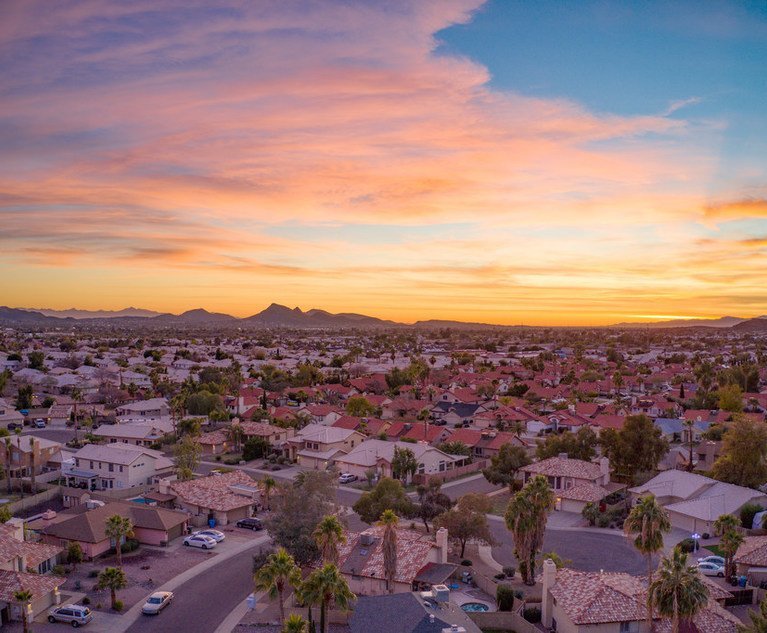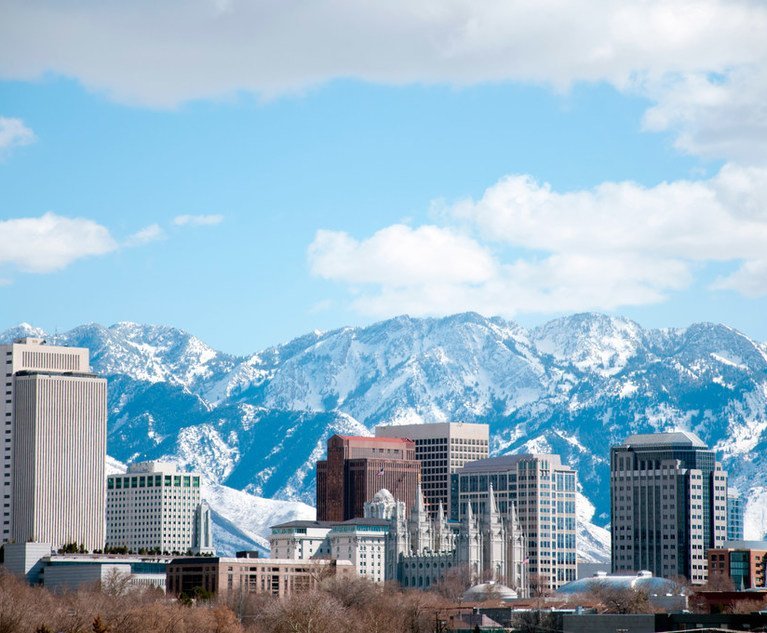
THE TOP 5 STATES FOR EMPLOYER-PROVIDED RETIREMENT PLAN ACCESS
5. IOWA
Share of workers with access: 56.8%
Share of workers that participate: 49.3%
Share of workers earning less than $50K with access: 49.7%
Share of workers earning less than $50K that participate: 39.7%
(Photo: f11photo/Shutterstock.com)

4. WISCONSIN
Share of workers with access: 57.5%
Share of workers that participate: 48.8%
Share of workers earning less than $50K with access: 49.1%
Share of workers earning less than $50K that participate: 37.2%
(Photo: f11photo/Shutterstock.com)

3. NEW HAMPSHIRE
Share of workers with access: 57.6%
Share of workers that participate: 48.2%
Share of workers earning less than $50K with access: 48.1%
Share of workers earning less than $50K that participate: 33.6%
(Photo: Shutterstock.com).

2. HAWAII
Share of workers with access: 58.4%
Share of workers that participate: 51.3%
Share of workers earning less than $50K with access: 48.3%
Share of workers earning less than $50K that participate: 37.7%
(Photo: Shutterstock)

1. MINNESOTA
Share of workers with access: 59.2%
Share of workers that participate: 49.1%
Share of workers earning less than $50K with access: 49.3%
Share of workers that participate: $34.4%
(Photo: Henryk Sadura/Shutterstock.com)

THE BOTTOM 5 STATES FOR EMPLOYER-PROVIDED RETIREMENT PLAN ACCESS
5. ARIZONA
Share of workers with access: 40.5%
Share of workers that participate: 31.3%
Share of workers earning less than $50K with access: 31.6%
Share of workers earning less than $50K that participate: 19.8%
(Photo: antsdrone/Shutterstock)

4. KENTUCKY
Share of workers with access: 39.9%
Share of workers that participate: 32.8%
Share of workers earning less than $50K with access: 34.1%
Share of workers earning less than $50K that participate: 24%
(Photo: Sean Pavone/Shutterstock.com)

3. UTAH
Share of workers with access: 39.9%
Share of workers that participate: 31.2%
Share of workers earning less than $50K with access: 34.6%
Share of workers earning less than $50K that participate: 22.4%
(Photo: David Crowther/Adobe Stock)

2. TEXAS
Share of workers with access: 37%
Share of workers that participate: 29%
Share of workers earning less than $50K with access: 31.3%
Share of workers earning less than $50K that participate: 20.8%
(Credit: Ryan Conine/Adobe Stock)

1. FLORIDA
Share of workers with access: 36.2%
Share of workers that participate: 29.2%
Share of workers earning less than $50K with access: 29.7%
Share of workers earning less than $50K that participate: 21.4%
(Photo: Jon Bilous/Shutterstock)
A study from The Inclusive Wealth Building Initiative starkly illustrates the gulf between those employees with access to an employer-sponsored retirement plan and those who participate—and, perhaps unsurprisingly, much of that participation depends on income levels.
The Initiative, a project of The Economic Innovation Group, derived its data from various surveys, including the Census Bureau’s Survey of Income and Program Participation and the Bureau of Labor Statistics’ National Compensation Survey. The study also used the 2019 Current Population Survey’s Annual Social and Economic Supplement instead of the 2020 release, “because the 2020 survey was administered in March 2020 and likely suffered from lower response rates due to the COVID-19 pandemic,” the authors wrote.
The study found that 46 percent of workers nationwide have access to an employer-sponsored plan, with 15 states being below that national average. Although many of those states are mainly located in the Southeast and the South, they also include California (43.7%) and New York (41.8%).
New York and California are also found among the 10 states with the lowest employer-sponsored retirement plan access for employees earning less than $50,000 a year. Florida and Texas, two more of the most populous states in the country, top the list at #1 and #2, respectively. The 10 states account for 43 percent of the country’s low-wage workforce. On the other end of the spectrum, Maine and Iowa are the low-wage access leaders, at 51.7% and 49.7% respectively.
However, access doesn’t necessarily equal participation. The study reveals that nationwide 38 percent of respondents reported participating in their offered plans. Participation by low-wage workers was shown to be at least six percentage points lower than for overall workers, and fully 25 percentage points lower on average than the higher-wage workforce. Iowa tops the list of low-wage participation at 39.7%, while Arizona comes in last with 19.8% of low-wage workers taking part in an employer-sponsored retirement plan.
The Inclusive Wealth Building Initiative says the lack of well-designed retirement savings programs plays a significant role in contributing to the gap in participation.
Our slideshow above shows the top and bottom five states for employee-sponsored retirement plan access, and also provides numbers for participation as well as access and participation among low-wage workers. Click here for the full study.











